[ad_1]
In the fall, the leaves die, the flowers fade, and the seed heads stay. Woody perennials have bare branches and stand tall, while herbaceous ones go dormant until spring. They’ll stay hidden underground until winter is over and the weather warms up again.
Now is a good time to clean up because leaves are falling and plants are dying. This time of year is a change. It’s not as cold as winter, but it’s not as hot as summer either. Fall is a great time to mulch, trim, and protect your plants.
Making mistakes is the best way to learn how to garden. If you kill a perennial once, you’ll do everything you can to keep it from happening again.I beg you to make your own mistakes, but you can also learn from the ones I’ve made. These are the fall cleanup mistakes that can kill your perennials and what you should do instead.
Epic Organic Garden Straw
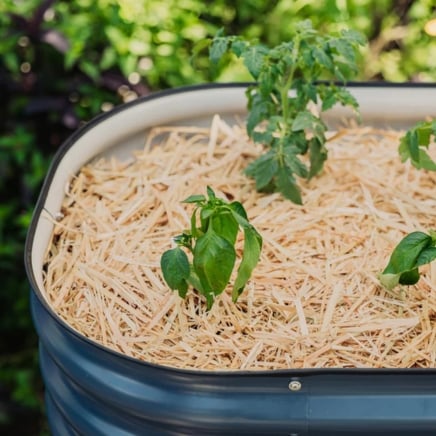

Straw for the Epic Organic Garden
Coco Coir for Urban Worms


Frost Cover for Epic GardenBox
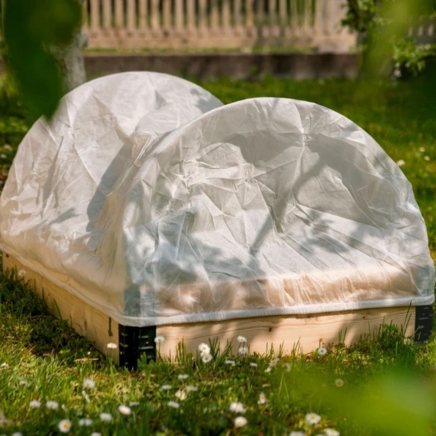

Frost Cover for Epic GardenBox
Getting Rid of Everything


One of the most common mistakes people make when cleaning up in the fall is cutting everything down without thinking. A lot of gardeners want to cut down herbaceous perennials as soon as they start to lose their color. You can do this with annuals, but don’t just cut down perennials at random.
In the fall, many perennials get nutrients from their leaves. The plants will have less access to nutrients during the winter and spring if you cut off their stems.
Also, some perennials use their dead stems to keep their crowns safe from frost. Some plants make flower buds on old wood, and if you prune them now, you will lose the flowers that come next year.
You might want to wait until spring to cut back on herbaceous perennials instead of doing it now. Let dead stems fall to the ground when they naturally do, and leave seed heads for birds to eat. If you’re cutting back perennials, make sure they grow well in the fall.
Not enough mulch


It is a good idea to add mulch to bare soil when you clean. Not mulching is a bad idea in the fall because it leaves perennials’ roots open to diseases and damage from freezing temperatures. During the fall cleanup, add mulch to protect and feed your plants during the cold months.
It is best to put a layer of mulch on top of plants that is two to three inches thick. You can put five or more inches of mulch on paths and places where weeds are growing. It will break down and compact over the winter, giving the ground nutrients and microbes in the spring.
Don’t put more than three inches of mulch on top of perennial beds. If you put down too much mulch, it will smother the plants and make it hard for them to breathe and grow in the spring.
Compost is full of nutrients and microbes, so I like to use it on my perennial beds. You can also use straw, wood chips, coco coir, or anything else you can find. Choose organic materials that break down easily in the environment.
Raking Leaves Off of Beds
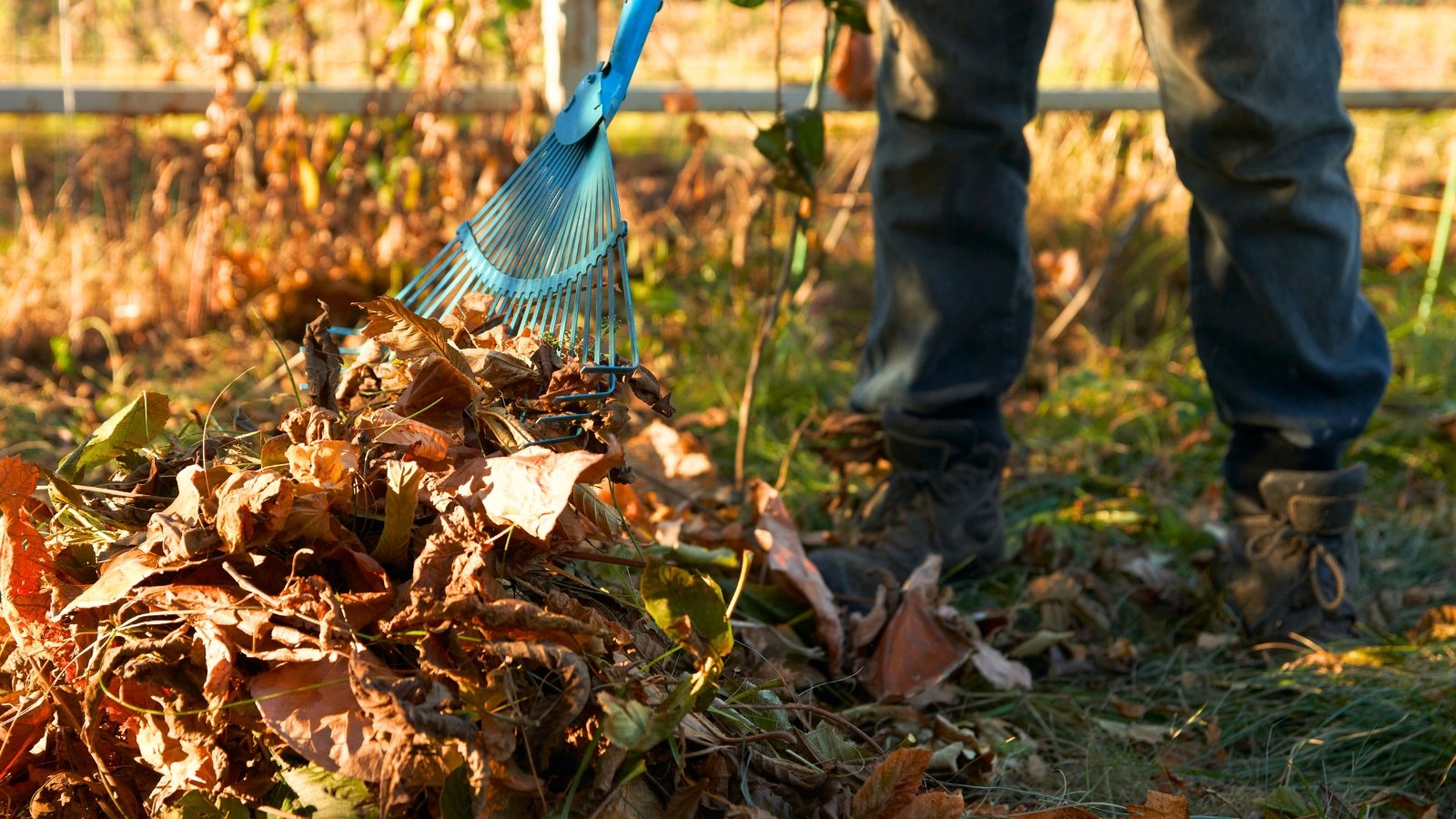

I know that our first thought is to get rid of all the leaves in the fall to clean up the garden. But leaves that have fallen act like mulch in the fall. They make a thick layer of leaves that keeps the ground warm. When the leaves break down, they give your perennials the nutrients they need to grow.
Don’t let your leaves go to waste; use them instead to avoid this fall cleanup mistake. Put them on top of the soil in a layer that is two to three inches thick. If you leave too many leaves on perennial stems, they can die because they are smothered too soon. Instead, put the leaves on the ground.
If you decide to rake your leaves, put mulch on the ground to replace them. Never leave the ground bare, because it will hurt perennial plants over time. You can use fallen leaves to make leaf mold, compost, or to cover the ground around your trees and shrubs.
Dividing Plants Late


The best times to divide and plant perennials are in the spring and fall. A lot of growers divide their plants at the end of the growing season. This lets the divisions grow roots during the cold months.
It’s best to divide them before the first frost and freeze, but now is a good time to do it. If you divide late in the fall, you’ll probably lose both divisions to drops in temperature. This is one of the worst things you can do.
You should split your perennials at least a month before the first frost date, but two to three months before would be better. Give the roots enough time to settle into their new homes.
Putting in Too Much Fertilizer
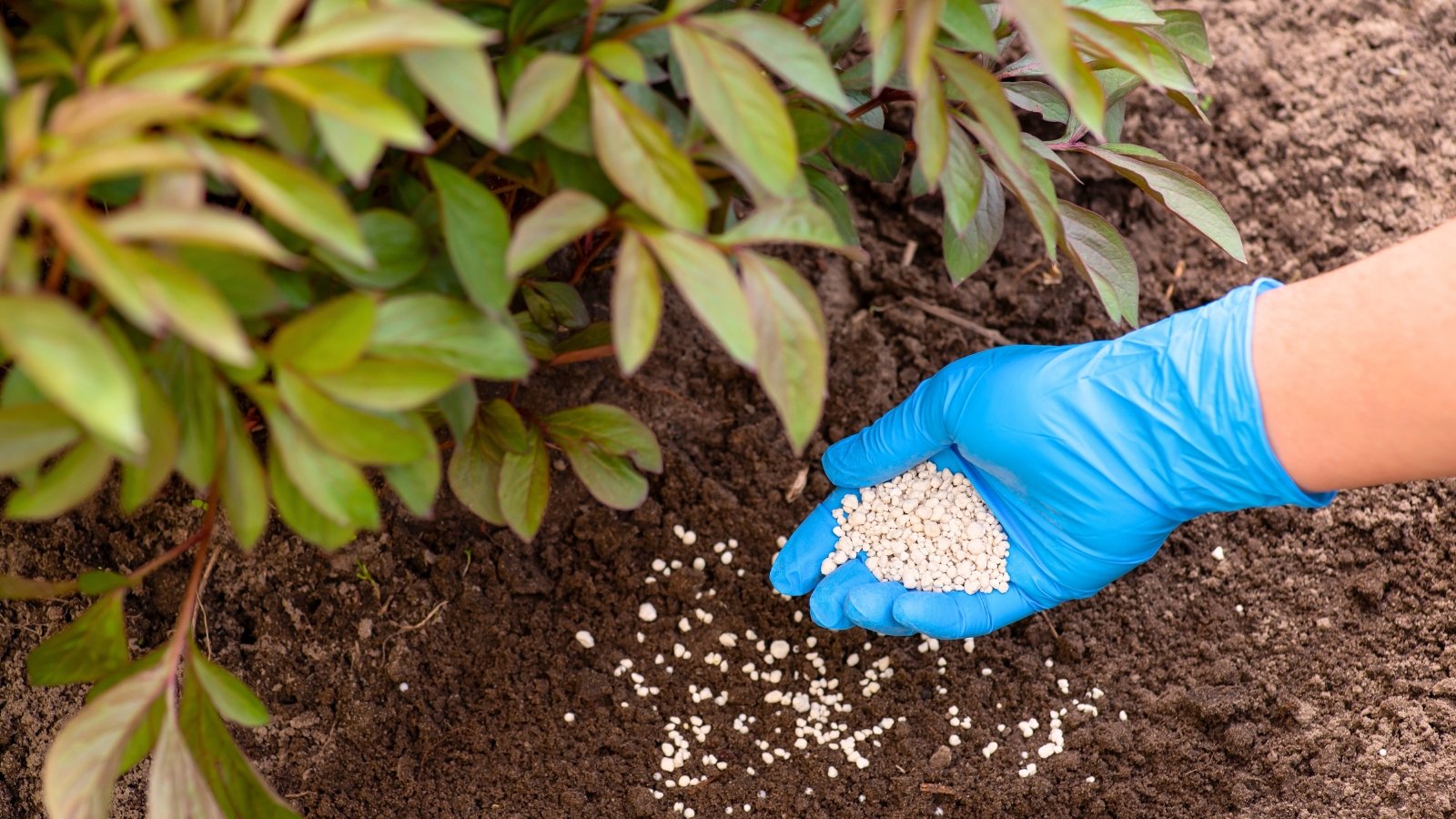

If you live in USDA hardiness zones 7 and below, don’t fertilize your plants at all in the fall, even if they look a little sad. Late fertilization can make new growth that is soft and sensitive to frost. If you live in an area where hard freezes happen often, don’t feed the perennials until spring.
In the fall, you can lightly fertilize perennials to help them grow roots before winter comes. Use fertilizer with low nitrogen content and apply it in half or quarter doses instead of full ones. In places with mild winters, do this from late summer to early fall.


You might be wondering how taking care of your tools can kill your perennials. The truth is that tools that aren’t clean spread germs! You could spread diseases this season or next if you don’t clean them. This is a common mistake people make when cleaning up in the fall, but it happens all year.
The best time to clean and sharpen your tools is at the end of the growing season. You won’t use them in the winter, so they’ll stay sharp and clean until you need them again in the spring.
You might also want to take your lawnmower blade to a store to get it sharpened. Lawnmower blades get dull after a year or two, but sharpening them regularly keeps your lawn healthy and even.
Leaving Behind Sick Debris
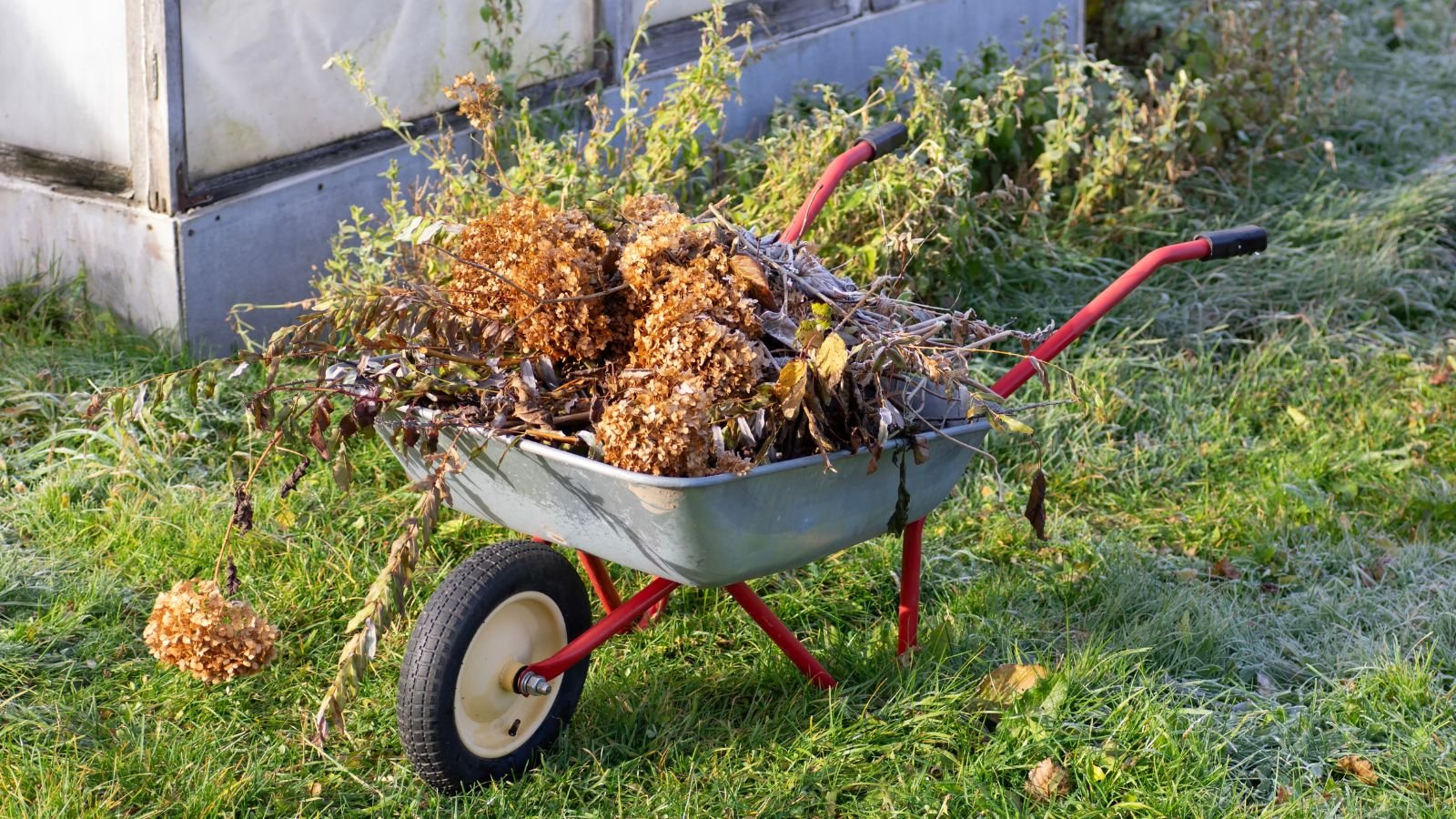

A lot of common garden diseases, like powdery mildew, stay alive on infected debris over the winter. It’s very important to cut off the stems and leaves to stop outbreaks next year.You might want to leave some trash behind to help animals, but leaving trash that could spread disease is a bad idea for the fall cleanup.
Hot composting the dead plants will kill the diseases. Hot compost gets very hot, which kills germs, and it has good microbes that beat out the bad ones.
If you can’t hot compost, you could try burying the trash. Put it a foot or more underground, and put mulch on top of the hole to help it break down faster.
Some towns and cities have yard waste programs that include big composting facilities. Put your trash in the green waste bin, and your city will take care of the rest!
Too Much Pruning


Some shrubs and trees can handle being pruned in the fall, but they don’t like too many cuts. Don’t cut off more than a third of any one of your perennials in the fall. Cut off any dead, sick, or broken wood, and then shape and shorten your plants.
Don’t prune fruit trees in the winter because they will get sick. Don’t cut them back until late winter or early spring.
In late summer and early fall, many woody perennials bloom on old wood. Don’t cut them back until after they bloom in the spring or summer.
Forgetting to Protect Against Frost


And last but not least, remember to keep your frost-sensitive perennials safe! If the plants in pots aren’t hardy in your area, put them under cover or keep them inside for the winter.
You might want to keep the perennials safe from freezing and frost early in the fall if they haven’t gone dormant yet. For short-term protection, use a frost cloth. If you don’t have a frost cloth, an old bedsheet will work just as well.
Important Points
Don’t worry if you make these mistakes when cleaning up in the fall; we all do! It’s important to make mistakes when you garden.
Cleaning up too much is the worst thing you can do. Leave seed heads for birds and let leaves fall to the ground.
Leaves act like mulch and provide shelter for insects and other animals that live in the winter. Leave some in your garden so that your yard stays healthy in the spring.
Fertilizer is hard to use. You can add light doses in the fall in places with mild weather. If you live in USDA hardiness zones 7 or lower, don’t fertilize in the fall.
[ad_2]


